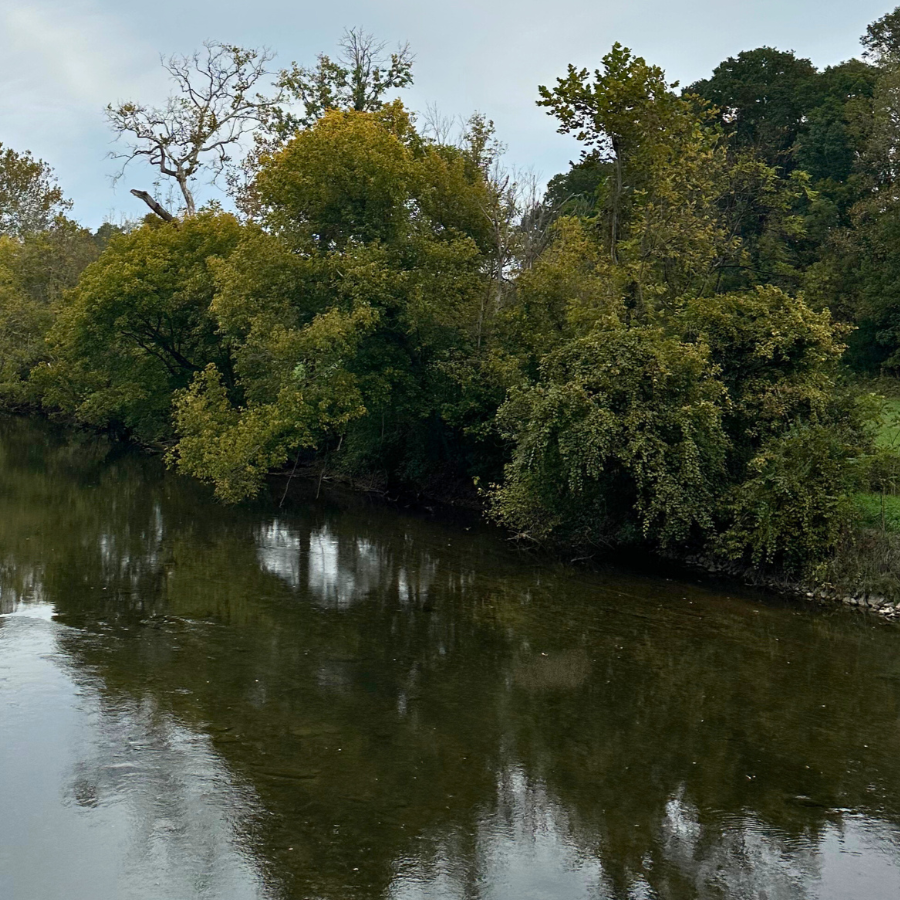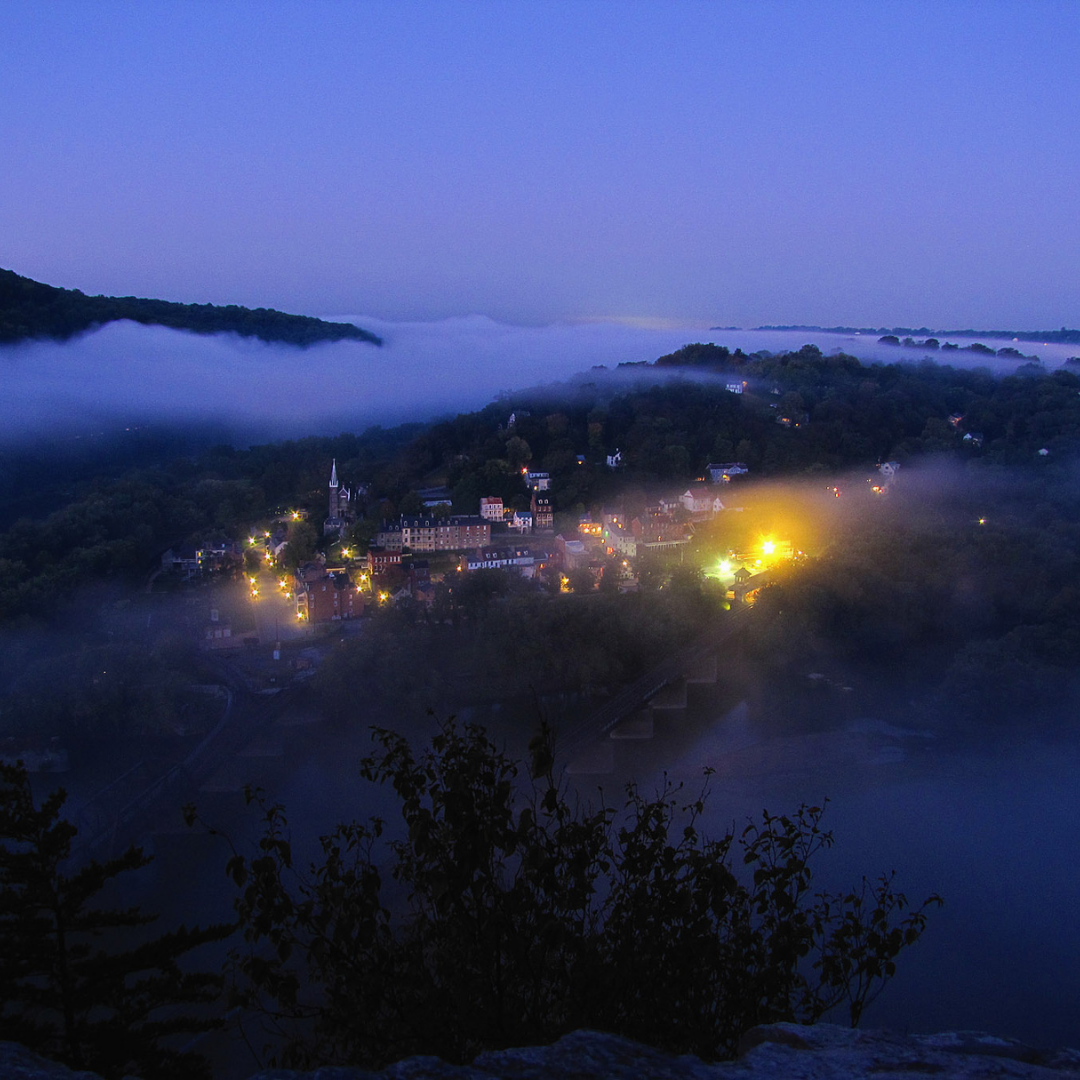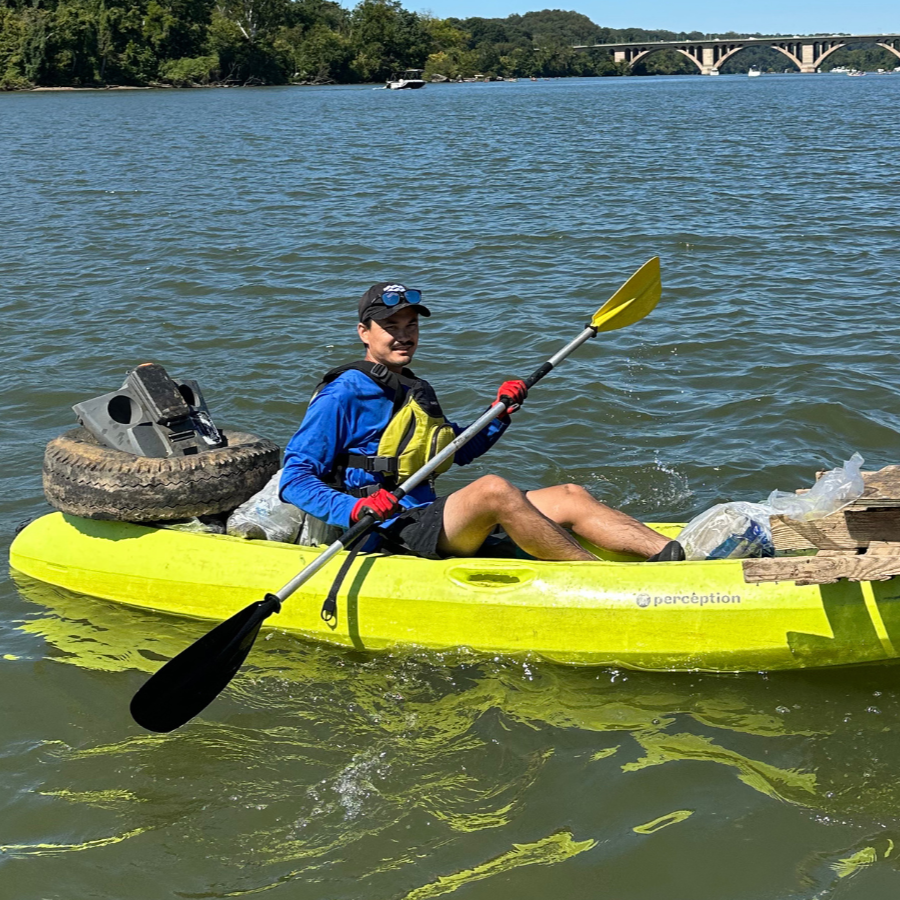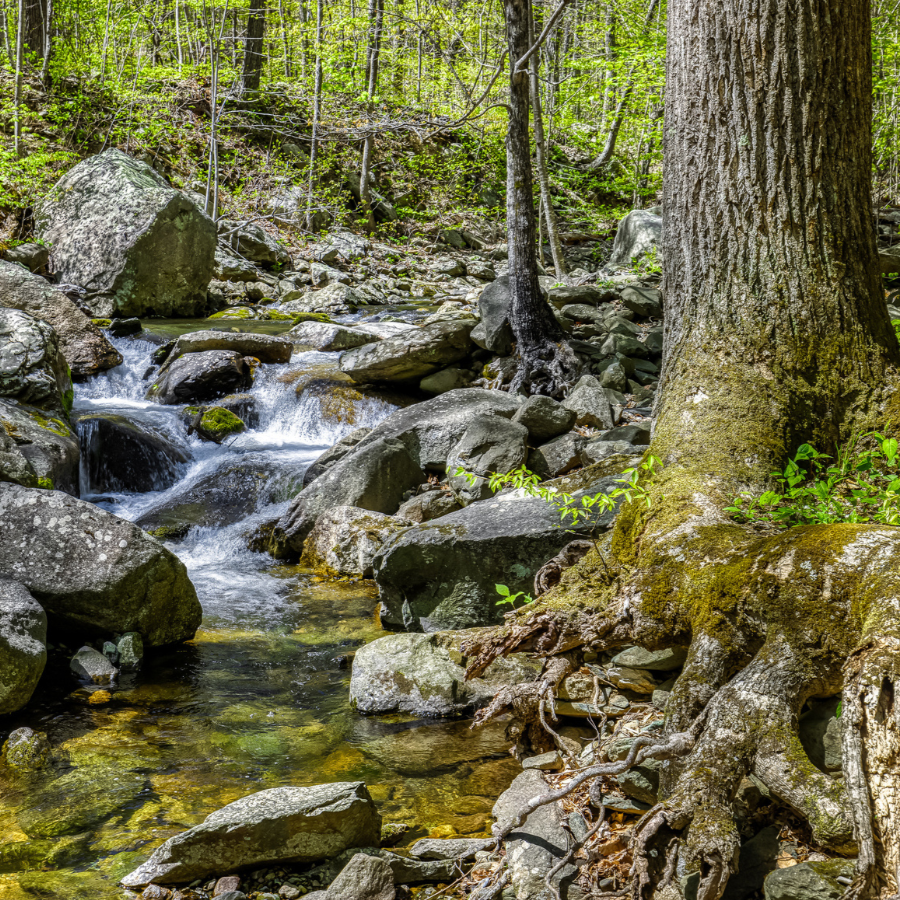Glowing, toxic algae spreads across southern Chesapeake Bay rivers
/Non-native algae species threatens local water quality and wildlife
Bio-luminescent Alexandrium monilatum Algal bloom alonG the Elizabeth River in Virginia. Photo: Jeff Robertson and Rachel Petet, Old Dominion University.
Water shouldn’t glow like a string of lights, but that's exactly what was going on in parts of the Chesapeake Bay late this summer.
A species of bio-luminescent algae native to the Gulf of Mexico is rapidly spreading in the southern rivers that feed the Bay, and at least one expert believes it has reached the Potomac.
While algae blooms occur in the Potomac and Chesapeake Bay every summer, blooms of Alexandrium monilatum are new to this region and are appearing wider, earlier, and more intense than in previous years.
First detected in our region in 2007, Alexandrium monilatum is toxic to some fish and can also kill oysters. Coming in contact with the algae isn't especially dangerous for people, though researchers studying it have reported mild irritation to eyes and skin.
Samples of Alexandrium monilatum are being studied to determine any further risks to human health or marine life, and a number of organizations are monitoring its presence in Virginia rivers.
The algae's bio-luminescent quality means that infested water, which appears red during the day, glows blue at night when disturbed by fish, animals, or people. Check out a video of the phenomenon taken by the Virginia Institute of Marine Science in the York River.
The effect might look cool, but large algae blooms in locals rivers represent a serious threat to water quality and wildlife.
Harmful algal blooms of all types block sunlight to underwater grasses, make it difficult for aquatic species to obtain oxygen, and can produce toxic chemicals that harm humans and wildlife. The blooms create “dead zones” that rob the water of vital oxygen, making it difficult for plants and animals to survive.
Excess nutrients, including phosphorus and nitrogen, fuel the explosive algal growth. These nutrients flow into area rivers from a number of different sources, including septic systems and sewage treatment plants, and polluted runoff from agriculture and urban areas. The good news is that the amount of phosphorus and nitrogen entering the Potomac is on the decline, which, if that trends continues, will result in fewer algal blooms in the future.
Local residents can help reduce nutrient pollution by taking some simple steps.
Driving less, upgrading septic systems, reducing the use of lawn fertilizers, and picking up pet waste can all reduce nutrient pollution.
The algae blooms won't be back until next summer, but if you see a patch of water that has a reddish or mahogany color, contact Virginia’s toll-free harmful algal bloom hotline at 888-238-6154.















In the midst of a remarkable comeback, the Potomac River has seen a 10% increase in recreation in three years, but now its future is in question…Rising threats to water quality are impacting this wild urban river, the drinking water source for 5 million people in the DMV.